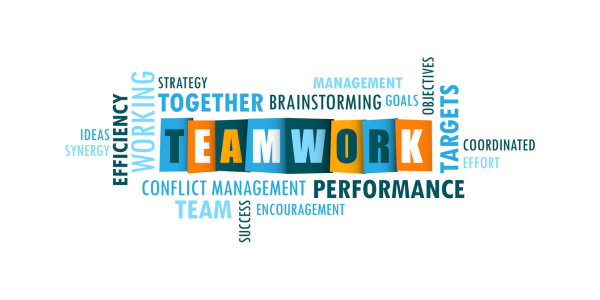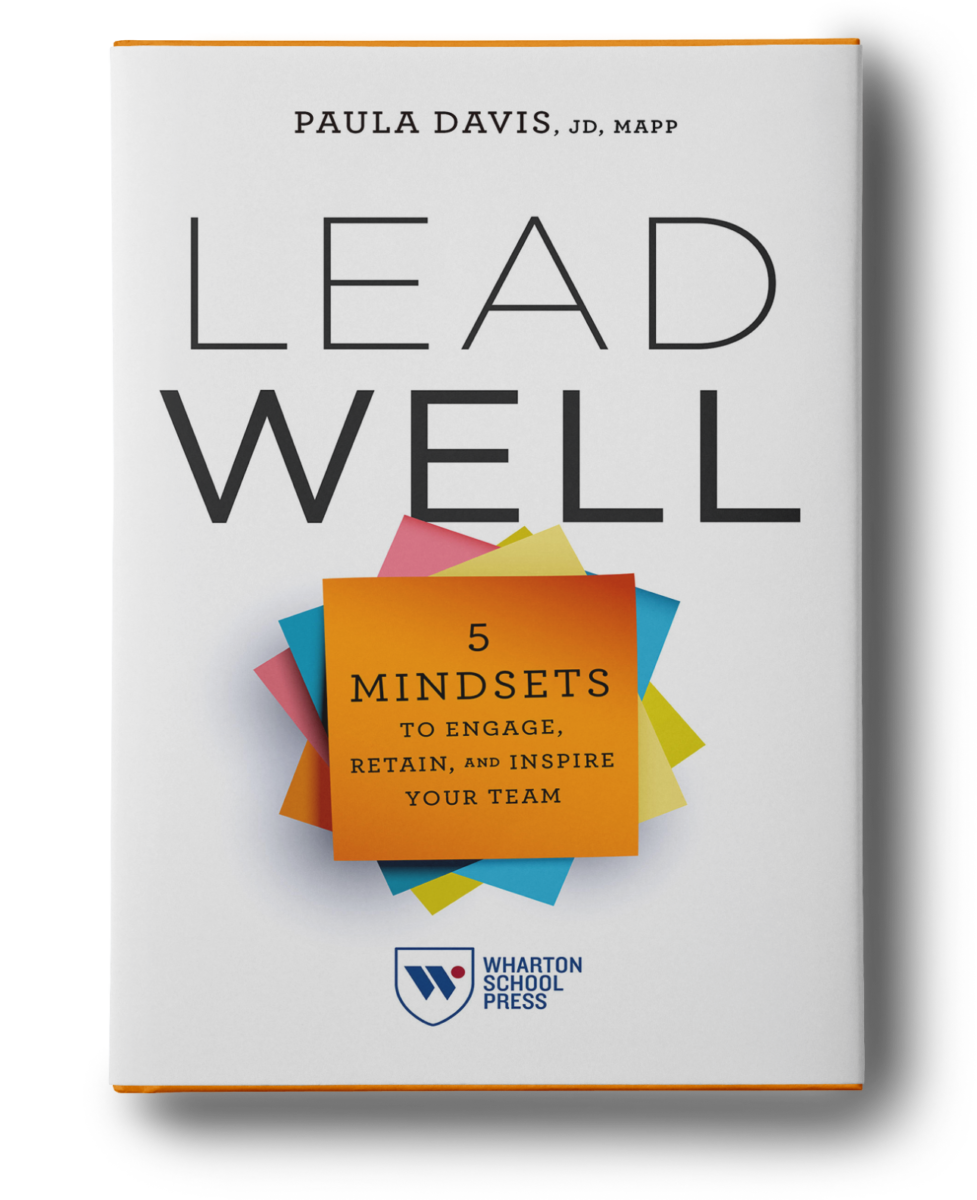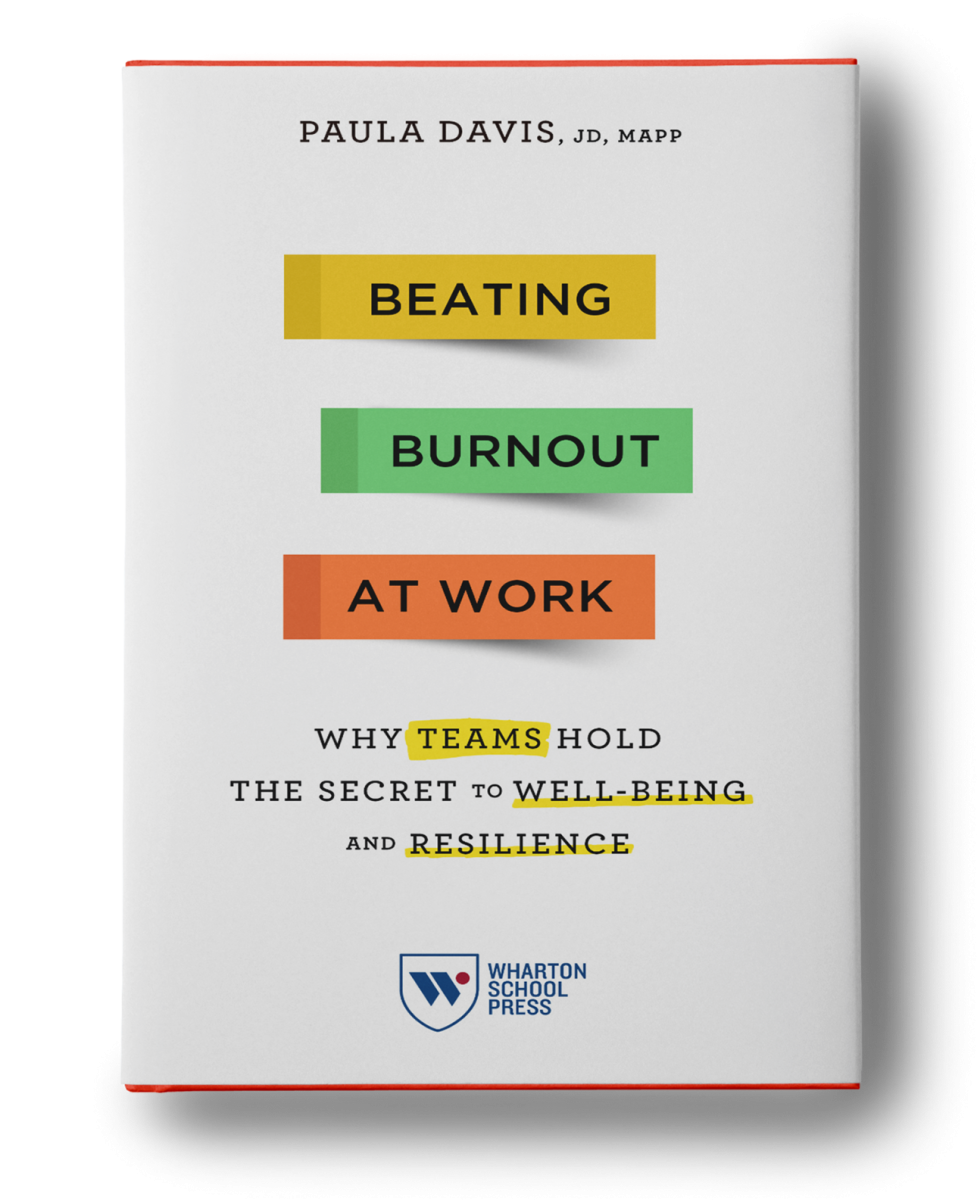In today’s rapidly evolving world, law firms are facing multiple stressors that challenge their resilience. Economic and geopolitical uncertainty continue to cast long shadows, while firms navigate the complex aftermath of the pandemic and the shifting dynamics of hybrid and return-to-office policies. Add to that the accelerated rise of AI and the inherent pressure of an already high-stakes profession, and it’s clear that the demands on law firms and legal organizations have never been greater. In this environment, the ability to adapt and thrive isn’t just a luxury—it’s a critical measure of a law firm’s long-term success.
Organizations that are adaptable and resilient are better able to absorb shocks and turn them into opportunities for growth; however, organizational resilience might not be on your radar. Research from the World Economic Forum found that less than half of senior executives feel prepared for emerging challenges with only 39% saying they adapt quickly to new ways of working. Similarly, another survey of more than 2,500 organizational leaders around the world revealed that half said that their organization was unprepared to react to future shocks.
There are important financial and performance outcomes associated with organizational resilience and adaptability. In the post-pandemic economic recovery, resilient organizations generated total shareholder returns 50% higher than their less resilient peers. In addition, organizations that prioritized fostering a culture of resilience and adaptability achieved better financial performance over a three-year period. Better Up found that companies with high workforce resilience had a 42% higher return on assets, a 3.7% higher annual return on equity, and 3.2x higher year-over-year growth. They further found that employees who reported to resilient leaders were less burned out, and teams with resilient leaders were more productive.
Research reveals multiple pathways that can help strengthen organizational resilience, but these five are critical:
- Strong leadership practices: Your firm has leaders whom people trust and want to follow at every level. Your leaders have created a shared vision and are visible and available.
- Motivated and engaged workers: Your people are engaged and work together as a connected team. The well-being of your people and teams is prioritized.
- Situational awareness: You proactively monitor your industry to have early warning of emerging issues.
- Innovation and creativity: Your firm values innovation and creativity, and you quickly fix and update processes that don’t work.
- Effective partnerships: You build strong and trusting relationships both internal and external to the firm.
Building organizational resilience may seem like a daunting task, but the foundation of organizational resilience is tiny noticeable things (TNTs as I call them), accumulated moments of micro-interaction and micro-development. Here are some examples.
Start with transparency & clarity. Uncertainty and unpredictability undercut resilience. When a person lacks clarity about their role or their work and when leaders aren’t transparent, your brain activates psychological preservation measures like not investing as much time and energy into work. Clarity improves communication, creativity, collaboration, and teamwork – all critical when your organization is navigating challenging times. In addition, employees who report having clarity about their work priorities are almost 4x as likely to say they plan to stay at the company for at least two years and 7x as likely to say they rarely think about looking for a new job.
Build and develop small wins. One of the single biggest strategies teams can use to create energy, motivation, and creativity is to make progress in their work. In addition, small wins help to fuel the belief that you and your team are on the right track and have the power to accomplish goals and to push through obstacles. Factors that make this progress more likely include having goal clarity, autonomy, sufficient resources, leader support, recognition, and strong partnerships to leverage when you get stuck.
Listen to learn. Active listening is an important component of resilience. When you are facing obstacles, you need to cultivate curiosity. Given their training, many lawyers often listen to win or listen to fix, rather than first listen to learn. Humble curiosity invites a deeper conversation, and you can prompt it by saying, “Tell me more about that;” “Help me understand…;” or “Walk me through that.”
Debrief after micro-challenges. Micro-challenges are small frustrations and setbacks that teams experience on a more regular basis than big adversities. Research demonstrates that how you recover from minor challenges is predictive of how you’ll cope with bigger ones. Use these opportunities to huddle up and discuss what went well, what needs to be improved, what was unexpected, and what actions helped or didn’t help.
Create a people + performance mindset. Having motivated and engaged teams, where well-being is prioritized – is an important differentiator for law firms and legal organizations that also carries significant business and performance impacts. Companies that have a dual focus on developing human capital (defined as the cumulative knowledge, skills, attributes, experience, and health of its workers) while also managing financial health have a performance edge. One research report looked at 1,793 large companies across multiple industry sectors in 15 countries and found four distinct categories as follows:
| People & Performance Focused (“P&P Focused”): These companies outperformed on both financial results and human capital development. They represented 9% of the companies studied. | People Focused: These companies outperformed on the human capital dimension. They represented 15% of the companies studied. |
| Performance Focused: These companies outperformed on the financial results dimension. They represented 21% of the companies studied. | Typical Performers: These companies showed no distinct patterns and did not stand out in either dimension. They represented 55% of the companies studied. |
The report found that the P&P Focused companies:
- Grew their revenues 2x faster than Performance Focused companies (8% vs 4%) between 2019-2021;
- Had a lower attrition rate (8.5%) compared to the Performance Focused companies (13.4%) and Typical Performers (13.5%), though slightly higher than the People Focused companies (7.9%);
- Had returns on invested capital equal to the Performance Focused companies (both 28%), but far better than the People Focused companies (9%) and the Typical Performers (6%); and
- Showed greater economic profit ($1.1B) compared to the Performance Focused companies ($0.4B).
The Performance Focused category is where I would place many of the law firms and legal organizations with whom I have worked. They are very goal-oriented, top-down, and challenging environments, with a near myopic focus on financial performance and results. Many leaders in Performance Focused companies have pressed me directly as to why they should broaden their focus since their financial model works. What’s being missed is that financial performance alone paints an incomplete picture. Performance Focused companies experience more “bumps in the road” getting to the same destination compared to P&P Focused companies. Specifically, “Where market trends are in their favor, these companies seem to be able to capture the upside well, but in periods of uncertainty, they lack the stability of the P&P Focused companies. Not prioritizing human capital development seems to increase the exposure of Performance Focused companies to volatility and risk in turbulent times.”
Importantly, so much of what drives organizational resilience (these TNTs and more) can be taught. Resilience is a team sport, and the skills associated with building engaged and motivated teams can be added to your existing leadership development curricula. Building a resilient legal organization requires more than just adapting to external challenges—it’s about fostering a culture that embraces change and prioritizes both innovation and well-being. Ultimately, resilience isn’t just about weathering the storm; it’s about emerging stronger, more adaptive, and more capable of navigating whatever comes next.
For more information and support go to our On-Demand Resource Center.







